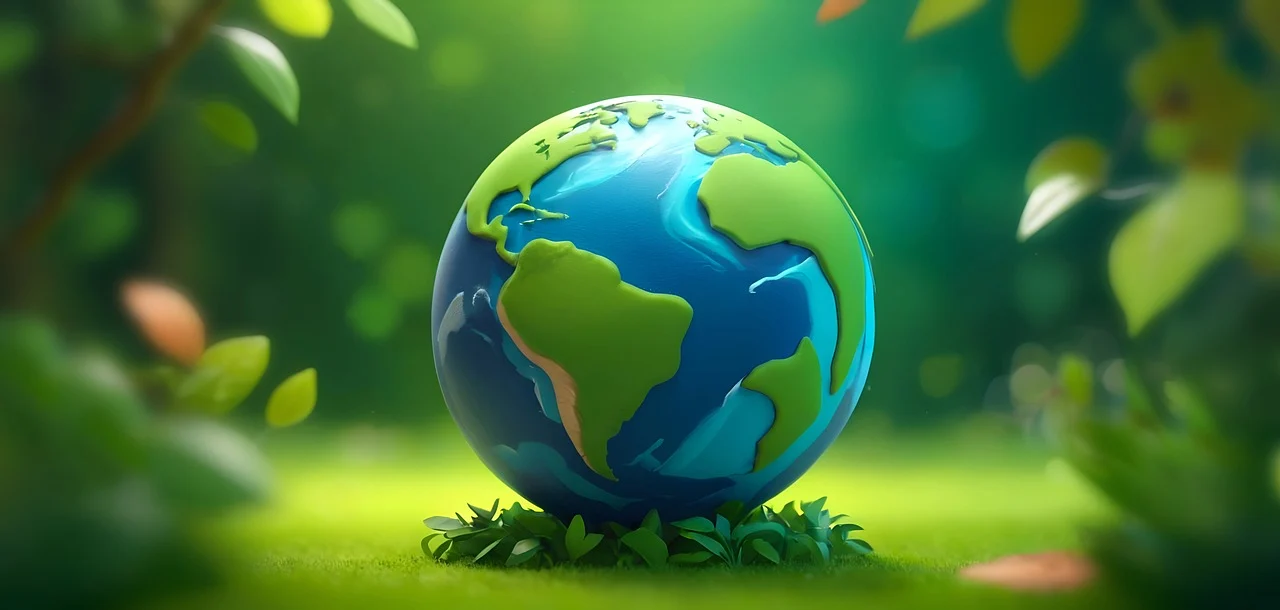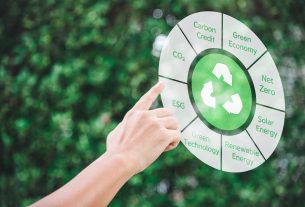Introduction
In a bold step towards realizing its net-zero emissions target by 2050, the United Arab Emirates (UAE) has announced an investment of AED 200 billion (approximately $54.4 billion) over the next six years to address the country’s growing sustainable energy needs. The investment, unveiled by Suhail Al Mazrouei, UAE’s Minister of Energy and Infrastructure, is a pivotal part of the nation’s comprehensive strategy to reduce its carbon emissions, advance its clean energy transition, and ensure energy security in the decades to come.
This investment is also part of a broader effort to lower the carbon intensity of the UAE’s oil and gas operations by 25% over the next ten years, reflecting the country’s commitment to making its energy infrastructure cleaner, more efficient, and sustainable. With these initiatives, the UAE is positioning itself as a regional leader in the energy transition while driving global efforts to combat climate change.
1. A Commitment to Sustainable Energy and Net-Zero by 2050
The UAE’s announcement of a $54 billion investment underscores the country’s growing commitment to sustainable energy and its determination to meet its ambitious goal of achieving net-zero emissions by 2050. This aligns with the country’s broader efforts to transition from a reliance on fossil fuels to a more diversified energy mix that includes renewable energy sources such as solar, wind, and hydrogen.
As part of the investment strategy, the UAE will focus on developing cutting-edge clean energy technologies, expanding the use of renewable energy, and implementing measures to increase energy efficiency across various sectors. The country has already made strides in solar power, particularly through the development of the world’s largest single-site solar park, the Mohammed bin Rashid Al Maktoum Solar Park, which is expected to generate 5,000 MW of electricity by 2030.
2. Investment Focus Areas and Strategic Objectives
The UAE’s investment will target key areas of sustainable energy development, including the expansion of renewable energy infrastructure, the integration of carbon capture and storage technologies, and the adoption of energy efficiency measures. The investment will also be crucial in driving forward the following strategic objectives:
a. Renewable Energy Projects
The bulk of the investment will be directed towards increasing the UAE’s renewable energy capacity. Solar power will continue to be a primary focus, building on the country’s existing projects and expanding capacity with new developments, including offshore wind energy and hydrogen production.
- The UAE aims to source 50% of its energy from renewable sources by 2050, a goal that will be supported by large-scale projects, such as the Al Dhafra Solar Project, which is set to be one of the largest solar plants in the world.
- In addition, the UAE has committed to scaling up its nuclear energy capabilities through the Barakah Nuclear Power Plant, which is expected to provide a significant portion of the country’s low-carbon electricity.
b. Carbon Intensity Reduction
The UAE is also setting ambitious targets to reduce the carbon intensity of its oil and gas operations. The government plans to cut emissions from the oil and gas sector by 25% over the next decade through a combination of carbon capture, utilization, and storage (CCUS) technologies, improved energy efficiency, and the adoption of cleaner technologies for oil and gas extraction and processing.
This approach reflects the UAE’s vision of maintaining its leadership in oil and gas while also embracing the transition to a low-carbon economy. By decarbonizing its fossil fuel sector, the UAE is setting an example for other oil-rich nations in the Middle East, showing that sustainable energy practices can coexist with the continued use of hydrocarbons.
c. Technological Innovation and Clean Energy Solutions
Investments will also go towards research and development of innovative clean energy technologies. This includes the exploration of new areas such as green hydrogen, which the UAE views as a potential game-changer for the global energy transition. Green hydrogen, produced through electrolysis powered by renewable energy, can be used to decarbonize industries such as steelmaking, transportation, and power generation.
The UAE has already taken steps in this direction with the announcement of its Hydrogen Roadmap, which will position the country as a leading producer and exporter of green hydrogen in the coming decades.
3. The UAE’s Role as a Regional Leader in Sustainable Energy
As one of the largest energy producers in the Middle East, the UAE is well-positioned to be a regional model for the energy transition. The country has already demonstrated its leadership in the development of clean energy with pioneering projects like the Mohammed bin Rashid Al Maktoum Solar Park, the Shams Solar Power Plant, and the Masdar City initiative, which is one of the world’s most ambitious projects for sustainable urban development.
The UAE’s commitment to sustainable energy investments not only serves the country’s own interests but also has significant implications for the broader Middle East and North Africa (MENA) region. The region, which has long been dependent on oil and gas revenues, is beginning to recognize the importance of transitioning to renewable energy to diversify economies and reduce reliance on fossil fuels. By leading the way in green energy investments, the UAE is setting a positive example for other nations in the MENA region, who are also exploring renewable energy sources and pursuing their own net-zero targets.
4. Economic and Environmental Implications
The $54 billion investment is expected to have far-reaching economic and environmental impacts, including:
a. Job Creation and Economic Diversification
The development of renewable energy infrastructure and the adoption of clean technologies will create thousands of new jobs in sectors such as construction, manufacturing, research, and engineering. This is especially important as the UAE seeks to diversify its economy away from oil dependence and create a knowledge-based economy that is resilient to fluctuations in global oil prices.
b. Reduced Carbon Footprint
The UAE’s focus on carbon intensity reduction and the scaling up of renewable energy will help significantly lower the country’s overall carbon footprint. This aligns with the UAE’s commitment to international climate agreements, including the Paris Agreement, and reinforces its role in global climate action efforts.
5. Conclusion: A Vision for a Sustainable Future
The UAE’s $54.4 billion investment in sustainable energy underscores its commitment to becoming a global leader in clean energy while meeting its net-zero emissions target by 2050. By focusing on renewable energy, carbon intensity reduction, and technological innovation, the UAE is positioning itself as a model for other oil-rich nations to follow in the energy transition.
As the world moves toward a more sustainable future, the UAE’s investments in green energy and clean technologies will not only shape the country’s own future but also play a significant role in driving global efforts to combat climate change. Through these strategic investments, the UAE is leading the way in balancing economic growth with environmental responsibility, setting a powerful example for others in the region and beyond.
Sources:

